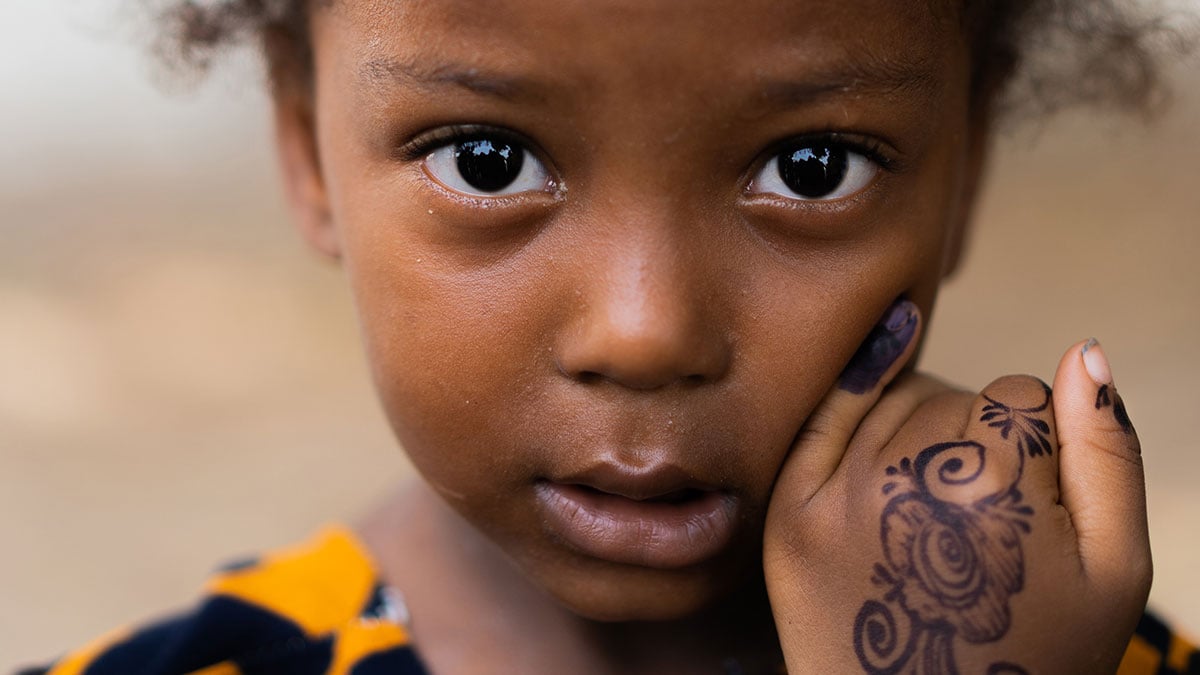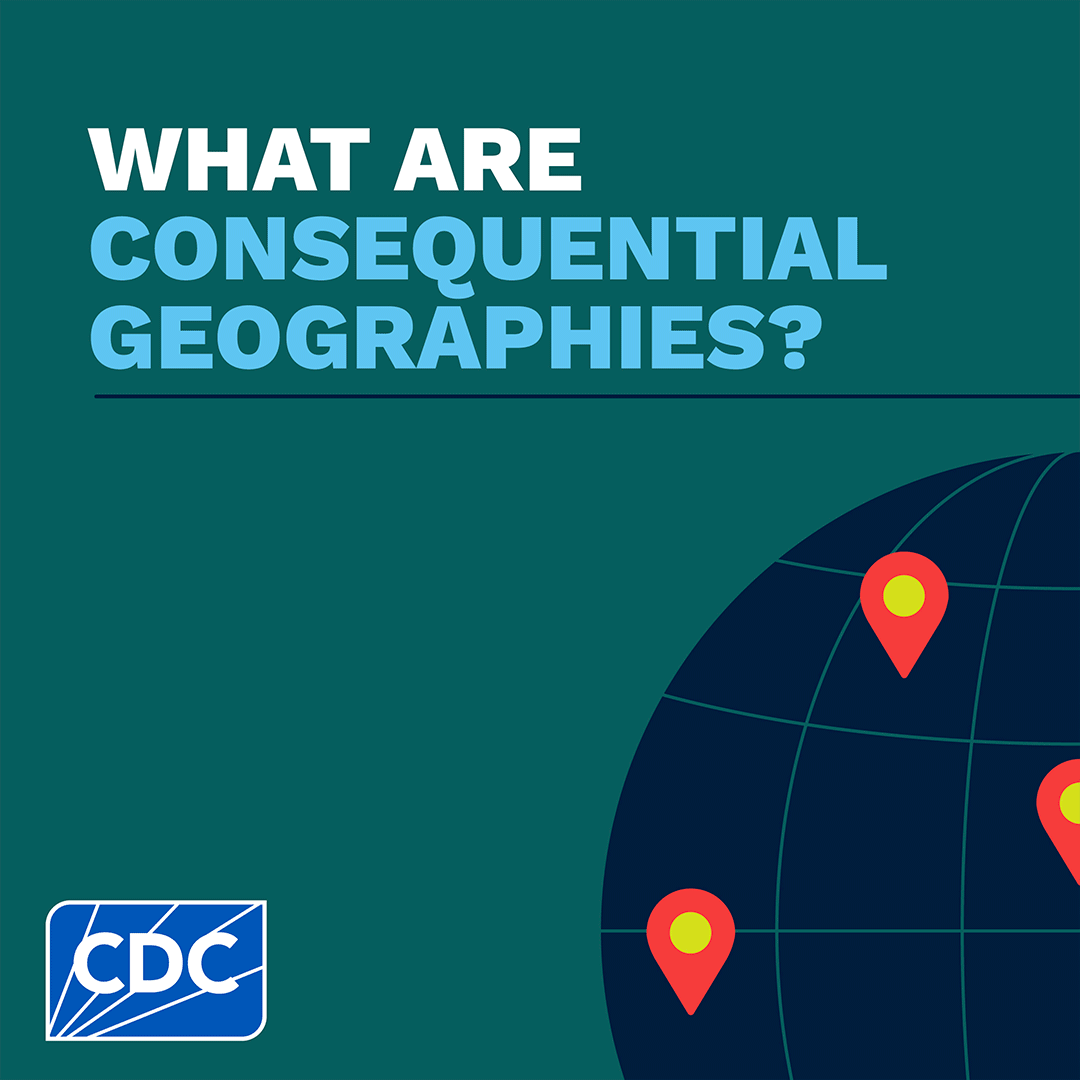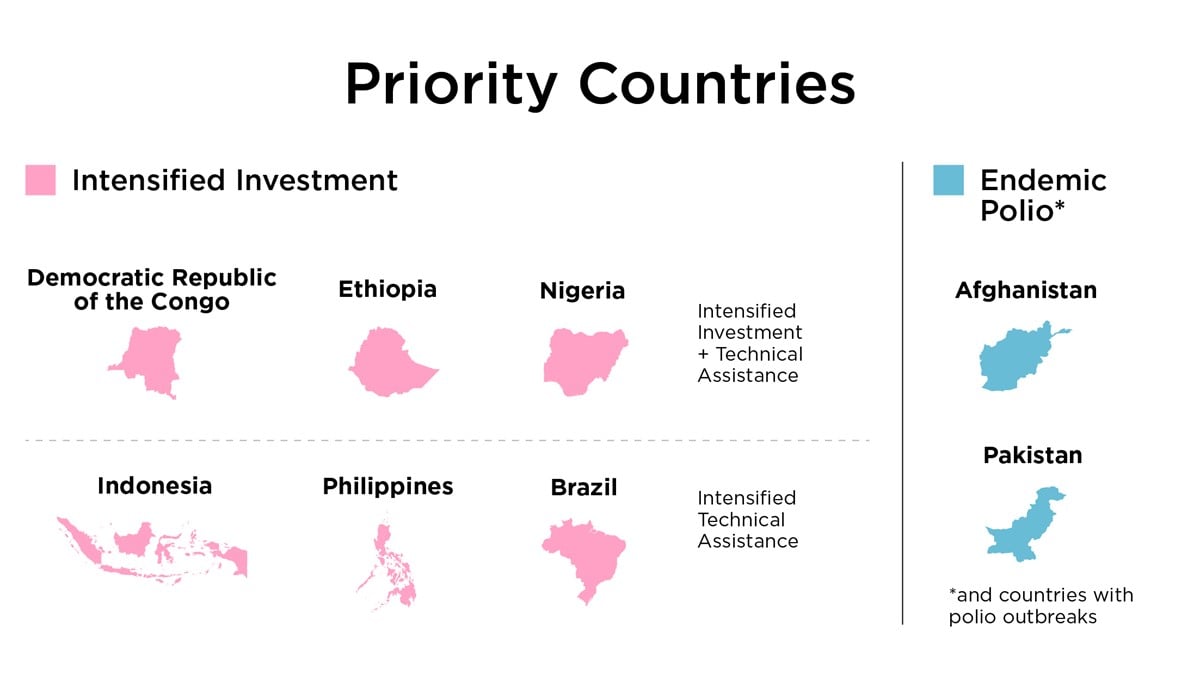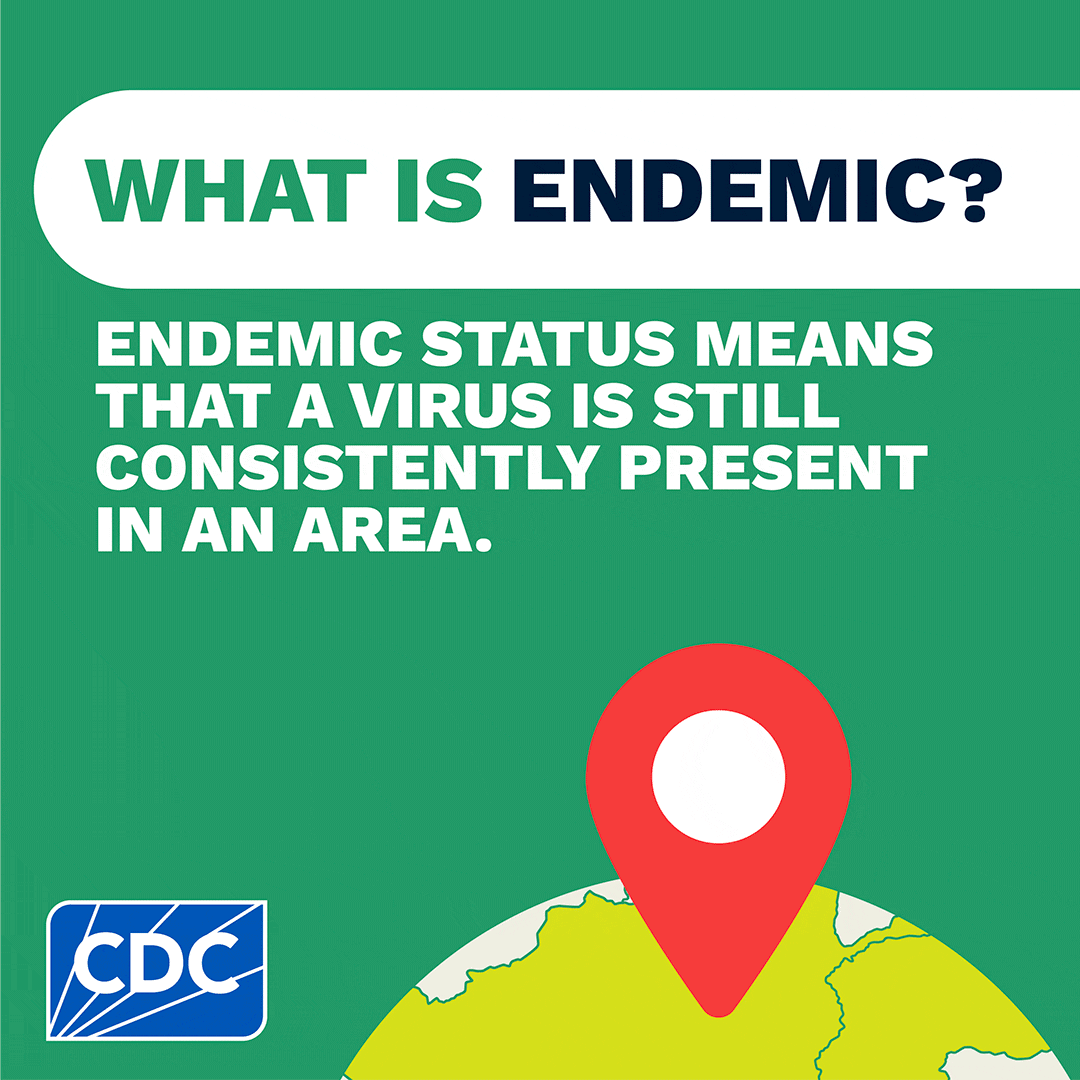Key points
- CDC’s Global Immunization Division (GID) works to strengthen global immunization programs, both operationally and scientifically.
- This work advances the control and elimination of vaccine-preventable diseases (VPDs).
- GID prioritizes work in the countries with the highest risk of VPDs.
Preventing disease
Through global engagement, CDC:
- Innovates to speed the availability and deployment of new vaccines and diagnostics
- Develops and implements vaccine strategies to prevent transmission of disease

CDC's global immunization mission helps improve health – a pillar for strengthening global health security. This work reduces death, disease, and disability from VPDs and, by extension, protects Americans where they live, work, and play.
CDC supports countries and partners to sustain:
- Adequate immunization resources and workforce
- Evidence-based decision making
- Immunization safety systems that protect domestic and global populations
Building strong immunization programs
Immunization programs can most effectively prevent death, disease, and disabilities when national vaccine coverage rates are high. The programs are even more effective when these rates are sustained and reach at-risk populations across the life course.
CDC helps improve these rates by strengthening health systems, identifying priority populations, removing barriers, and supporting vaccination through global partnerships.
CDC works with countries to strengthen:
- Surveillance (also known as disease detection)
- Laboratory work
- Vaccination campaigns
In addition to delivering vaccines, this work enhances countries' ability to detect and respond to outbreaks.
Prioritizing the highest-risk countries
GID's priority countries fall into two major categories:
Intensified investment and intensified technical assistance countries
GID is making intensified investments in Ethiopia, DRC, Nigeria and providing intensified technical assistance to Indonesia, the Philippines, and Brazil.
These are countries containing "consequential geographies," or areas within countries where VPD outbreaks are more likely, and also more likely to spill over to neighboring areas. These outbreaks have "consequential" impacts beyond the areas' geographic size or population.

Endemic polio countries
CDC prioritizes work in the two countries where polio remains consistently present: Afghanistan and Pakistan. In addition, CDC places priority on work in countries experiencing polio outbreaks.

GID also works in other countries, as well as at regional and global levels, to advance specific priorities. GID’s country priorities are based on epidemiological characteristics, risk assessments, and potential for CDC to make a critical contribution.

- Health equity is the state in which everyone has a fair and just opportunity to attain their highest level of health.
